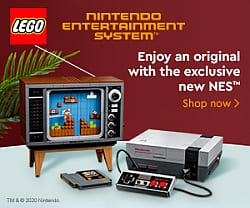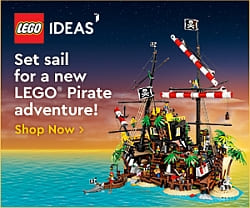There are a couple of interesting LEGO books on Amazon that I thought some of you might like. The books are very interactive with stories, minifigs, and beautiful large 3D pop-up backdrops to play out various scenarios. As far as I know, there are only two such books released so far, but they are super fun. Details below.

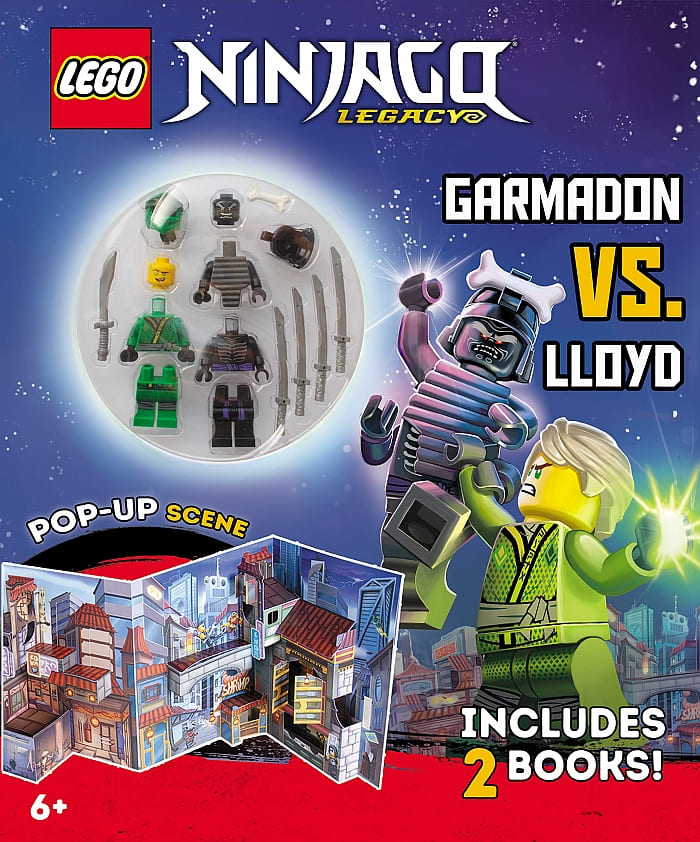
The first book is titled LEGO City: Cop vs. Robber. It includes 2 action-packed books and a fold-out playmat, 2 minifigs (Cop and Robber), and a double-sided 3D pop-up play scene. The pop-up section is actually so nice, that you could add it as a backdrop to your LEGO city!
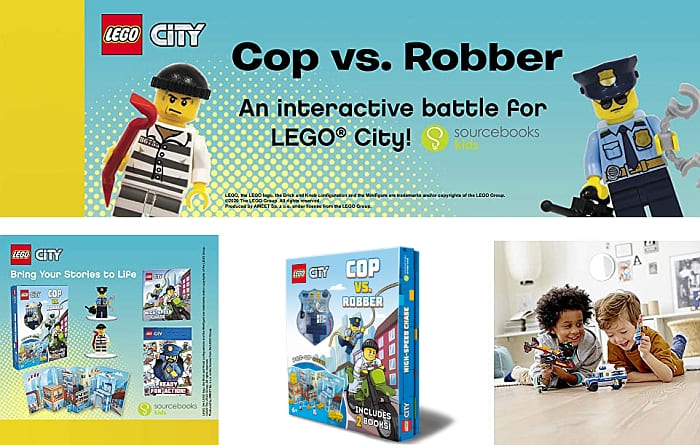


In the video below, you can see how the playmat and pop-up feature looks like. If you’re interested, the book is available on Amazon for a very reasonable price – BUY LEGO CITY POP-UP BOOK ON AMAZON
The second book is titled LEGO Ninjago Legacy: Garmadon vs. Lloyd. It also includes 2 books with engaging stories and a fold-out playmat, 2 minifigs (hero Lloyd and evil Lord Garmadon), and a double-sided 3D pop-up play scene that works as a perfect backdrop for ninja action. This backdrop is very pretty and could be combined with LEGO Ninjago sets.
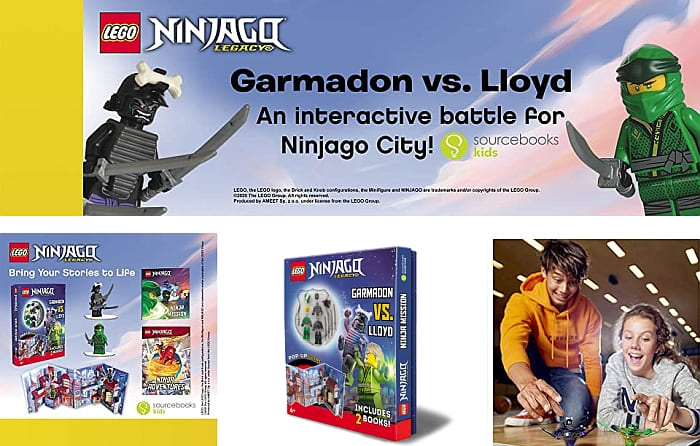


There is a short preview video for this book too, demonstrating how the playmat and pop-up feature works. This book is also very reasonably priced and available on Amazon – BUY LEGO NINJAGO POP-UP BOOK ON AMAZON
Kids would definitely enjoy these LEGO pop-up books, and I believe even teen and adult builders would appreciate them and may even integrate them into their cities. So, if you are looking for an interesting and unusual LEGO gift, check out these books!
What do you think? How do you like these interactive LEGO books? Feel free to share your thoughts and discuss in the comment section below!
And you might also like to check out the following related posts:














